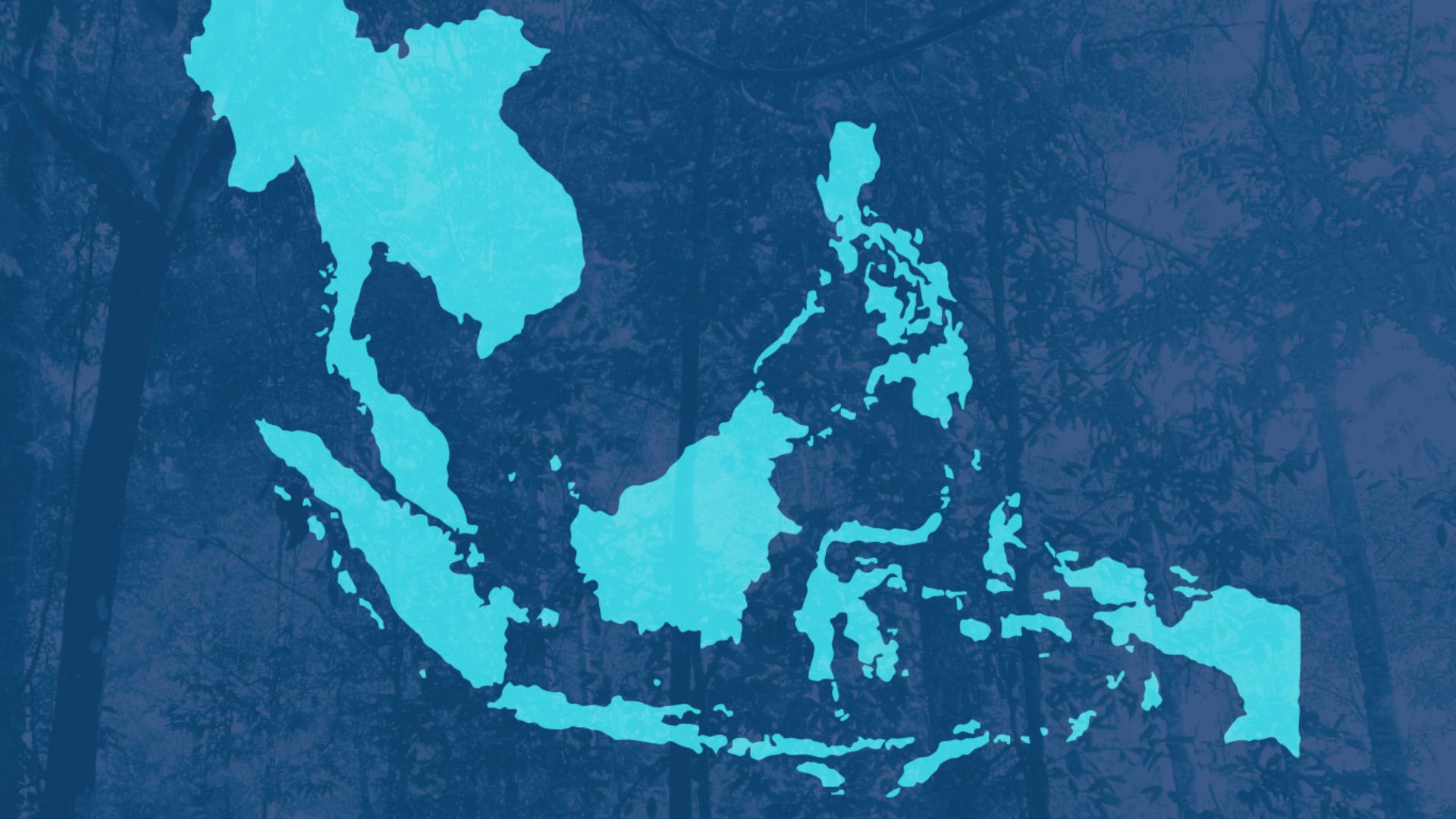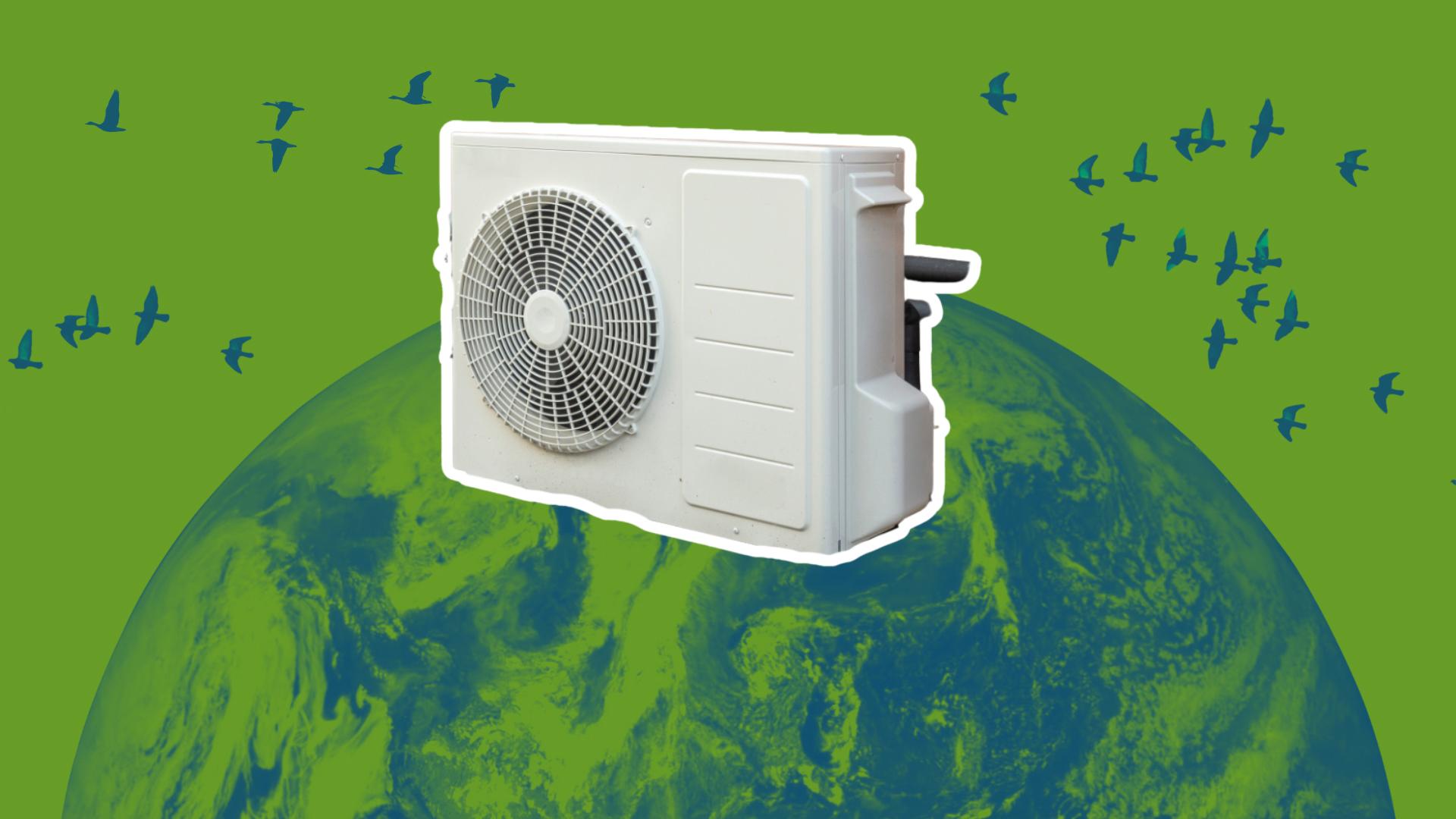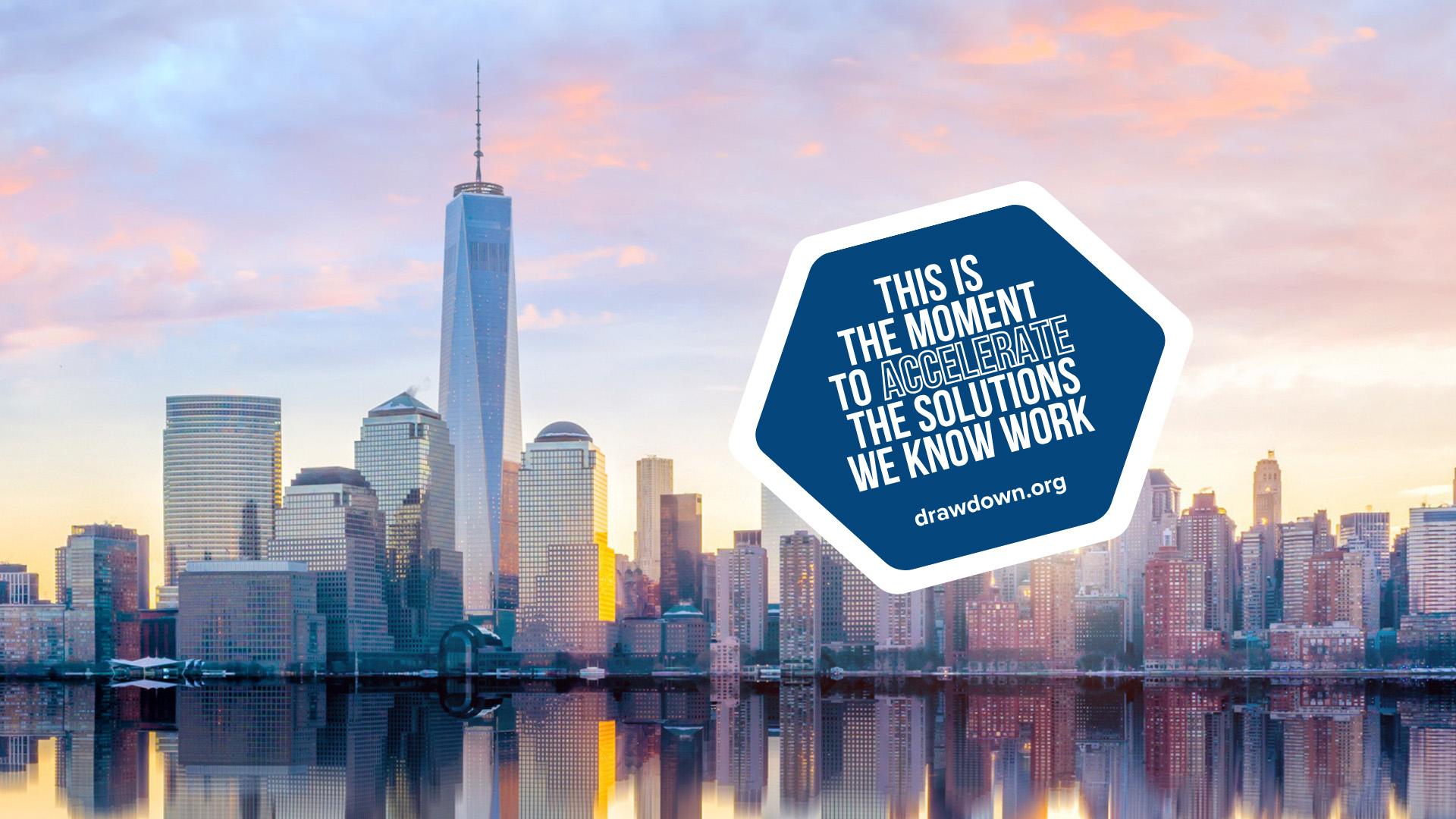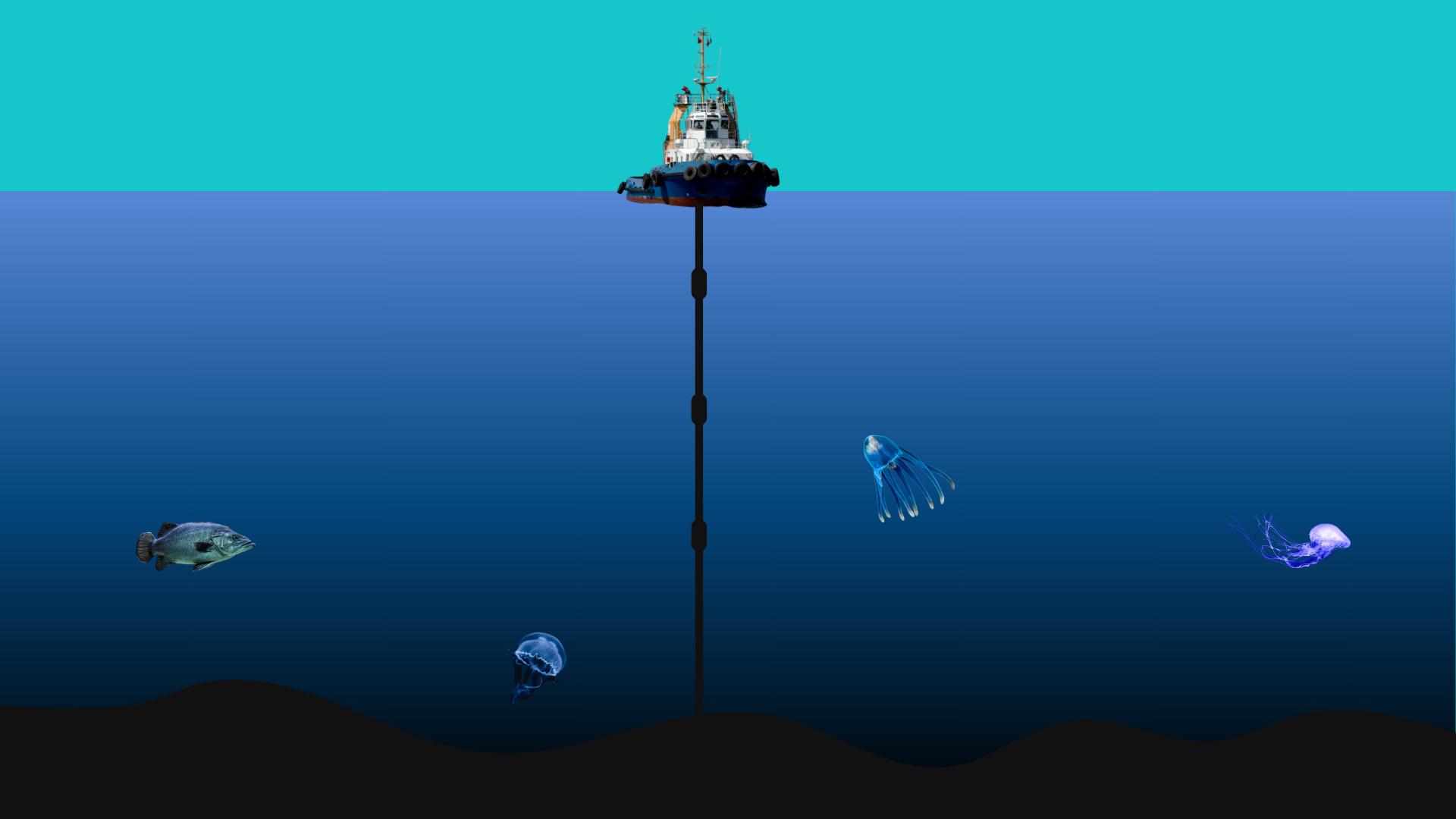Aiyana: Who and where are you? What do you do in this world?
Drew: I’m Drew Wilkinson, based here in Seattle, Washington. I am the founder of an organization called the Climate Leadership Collective, where the mission is to make sustainability part of everybody's job. I work top-down with employers to create programs and incentives to help engage employees in their company's sustainability commitments, and then bottom-up with employees directly.
A: What inspired you to get into sustainability and climate? And how did you end up working for Microsoft?
D: I don't know if there was a single light bulb moment, but I grew up in the outskirts of Tucson, Arizona, and there was this desert area behind our house where all the kids would go play. And one day, we went out there to hang out and the whole area had been bladed over by bulldozers to develop a subdivision. I remember thinking, “Oh, that’s what happens to wild places.” And then, getting older, I realized it's not just happening in my backyard – we’re destroying the planet at an unbelievable scale.
So, I have called myself an environmentalist since I was a teenager. For a long time I was in the underground punk scene, which is full of activists. And I did a lot of direct action: protests, marches, community organizing. I also worked at a bunch of different environmental nonprofits. In another era, I was on a boat with an organization called Sea Shepherd Conservation Society – I was literally putting myself between poachers and marine wildlife. And then, I ended up at Microsoft.
A: I can imagine that was a shock! How did you start going about integrating climate into your new role?
D: I had just come from a really resource-constrained environment at a tiny nonprofit. And suddenly, I found myself in the headquarters of a trillion-dollar tech company, which at the time had 50,000 employees in more than a hundred buildings. The scale was really, really shocking. And so I pretty quickly saw that there was a major opportunity if you could get your hands on the resources of a giant company to create climate solutions. The question was, “How can I work on climate? How can I take advantage of resources to build solutions?” But I was a paralegal at the time, and the answer I got was, “You can’t.” I was deeply unsatisfied with that answer.
I started networking and found my way to another employee who was thinking the same things. We decided to tackle waste first – there was an enormous amount of waste on campus. It also was low-hanging fruit compared to all the other things a big company could do. We convinced the facilities department to fund a waste audit by a third party, who came up with a list of recommendations for the company to reduce its waste. We distilled that report into a one-pager of actions the company could do tomorrow at no cost, could do in the medium-term for a little bit of money, and then the long-term dream of having our campus be zero waste. We scanned the internal organization chart to figure out who we needed to convince, and basically harassed people in the real estate, facilities, and dining departments until they would agree to meet with us – and they did! They said they’d get back to us. We didn’t hear anything for six months, but then we got an invite to an opening for a recently remodeled cafeteria. It was Microsoft’s first zero-waste cafeteria, and they took as many of our ideas as possible. And this blew our minds – if two random employees with no influence and power could get a company of this size to make a change like this, what would happen if there were thousands of us?
A: That is incredible! That just shows the power of employees doing the groundwork and being persistent. But I know that your efforts grew far beyond just a couple of employees. How did employee-led sustainability evolve after your zero-waste initiative?
D: We started organizing. And what started as a monthly after-work meetup in Seattle morphed into the company’s first global employee sustainability community. It was mostly online but also had a local chapter model so people could get together in person, in their native languages and time zones. In the early years, it was very much about pushing the company from the inside, to say, “You’re not doing enough. Don't take it personally. Nobody's doing enough. But you are a trillion-dollar tech company and not only do you have an opportunity, but you have a responsibility to do a lot more.” And then in 2020, Microsoft made industry-leading sustainability commitments. This changed everything.
A: How did these corporate-level commitments translate on the ground?
D: The resources started flowing. Sustainability went from a nice-to-have to a critical business imperative that got talked about at the highest levels of the company. Thankfully, there was a recognition from Microsoft's leadership that if you're going to transform a company this large this quickly, you literally have to have the entire workforce engaged. There was a 10x increase in the number of full-time sustainability employees, but even with that, they still only represented less than 1% of the entire workforce. That tiny group is not well-positioned to actually make every single part of the company change deep down in the nooks and crannies. That's something that employees are uniquely able to do in a bottom-up way. So, the sustainability community became the primary way that the company engaged its employees.
A: How did you get and keep employees involved? What advice would you give to someone looking to organize a group like this in their own workplace?












